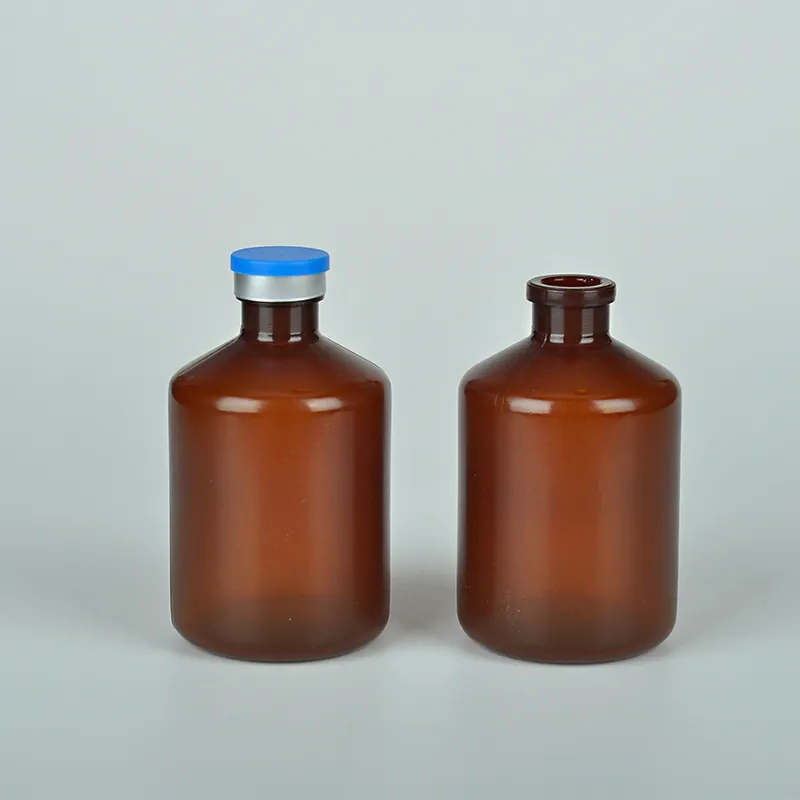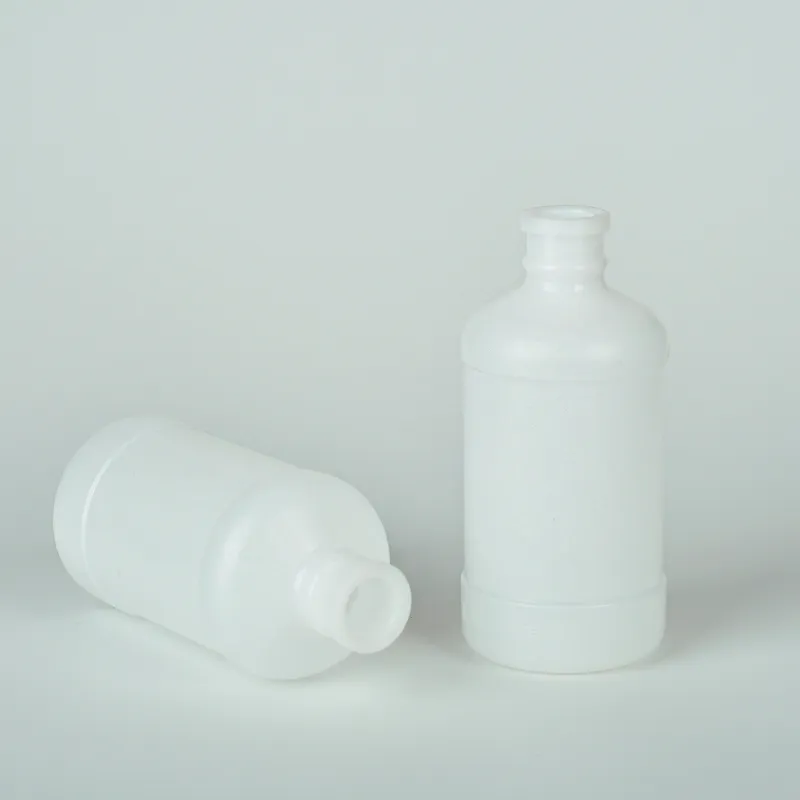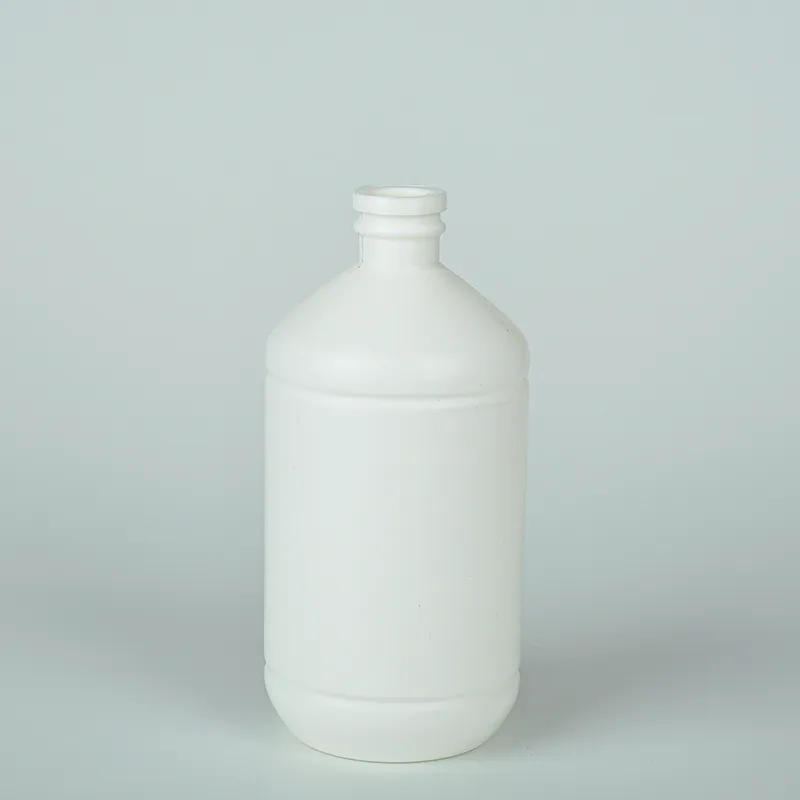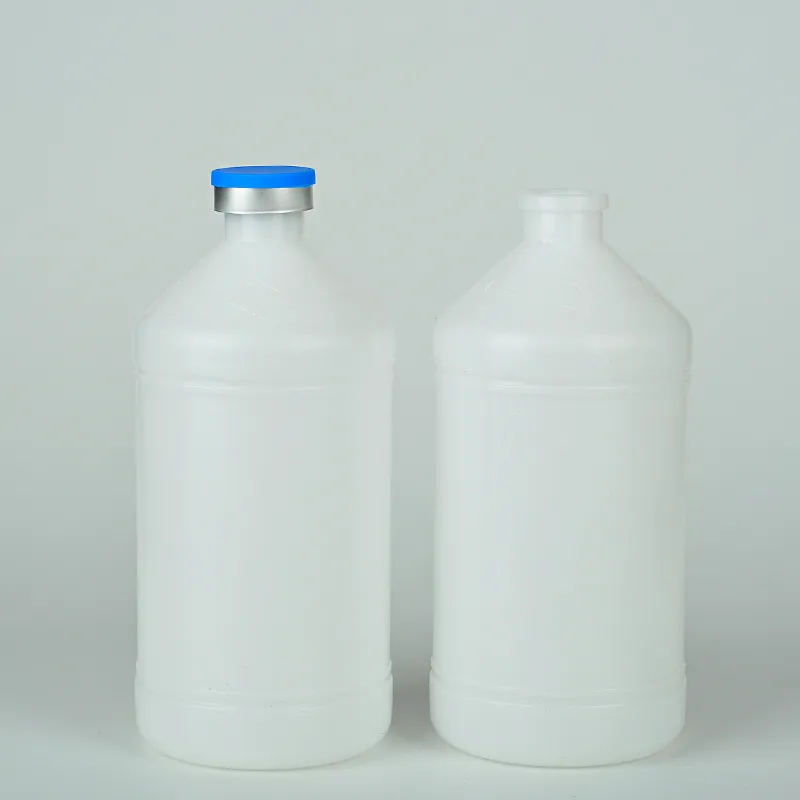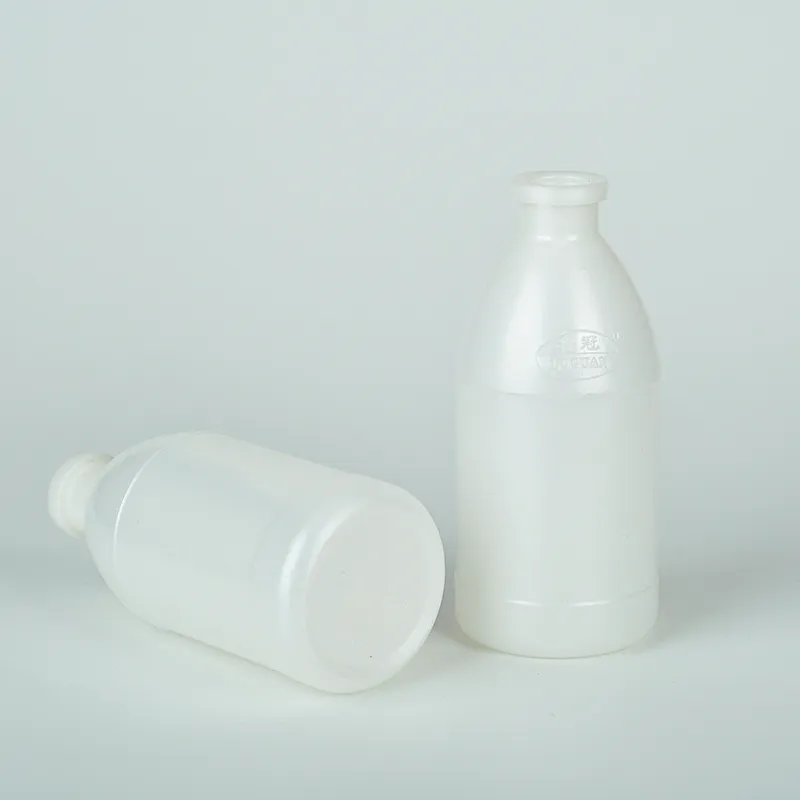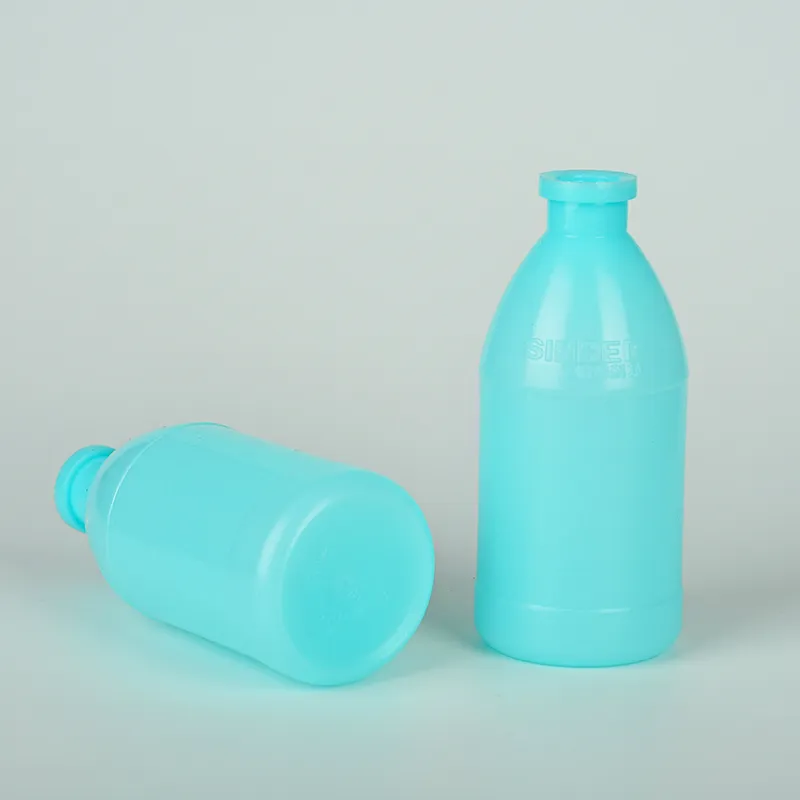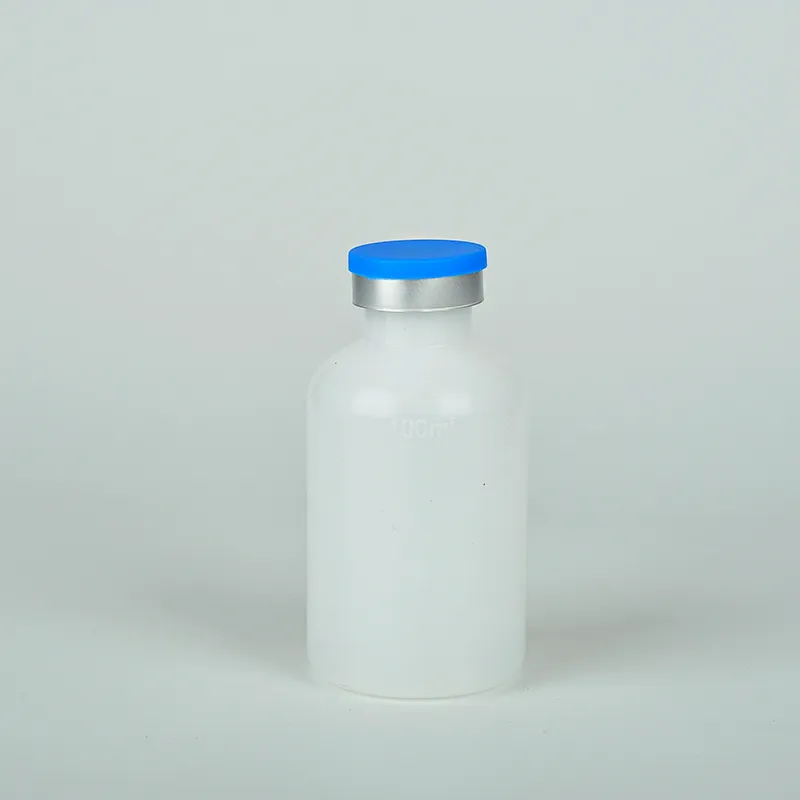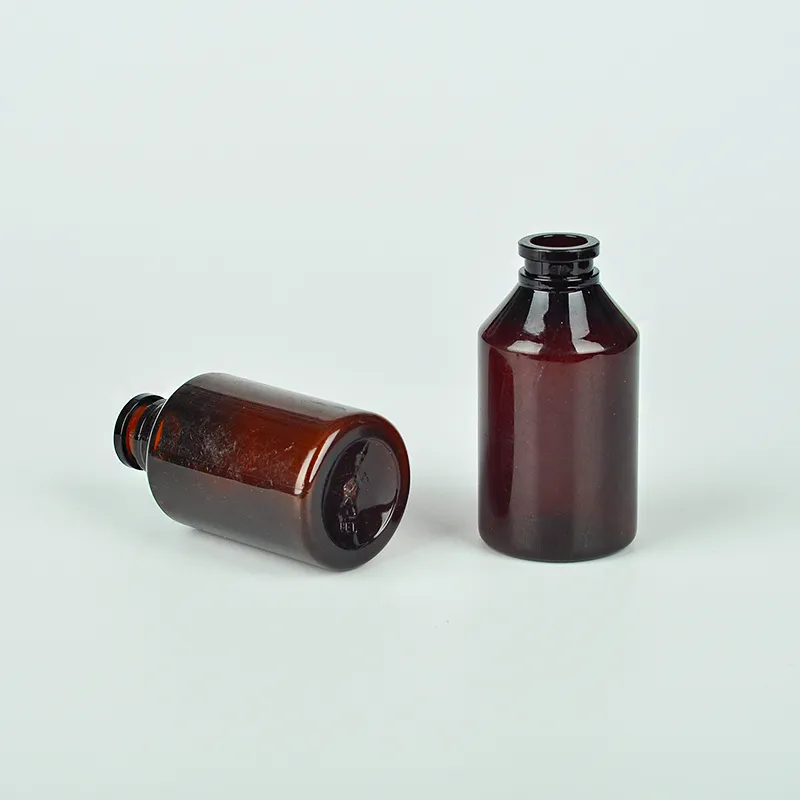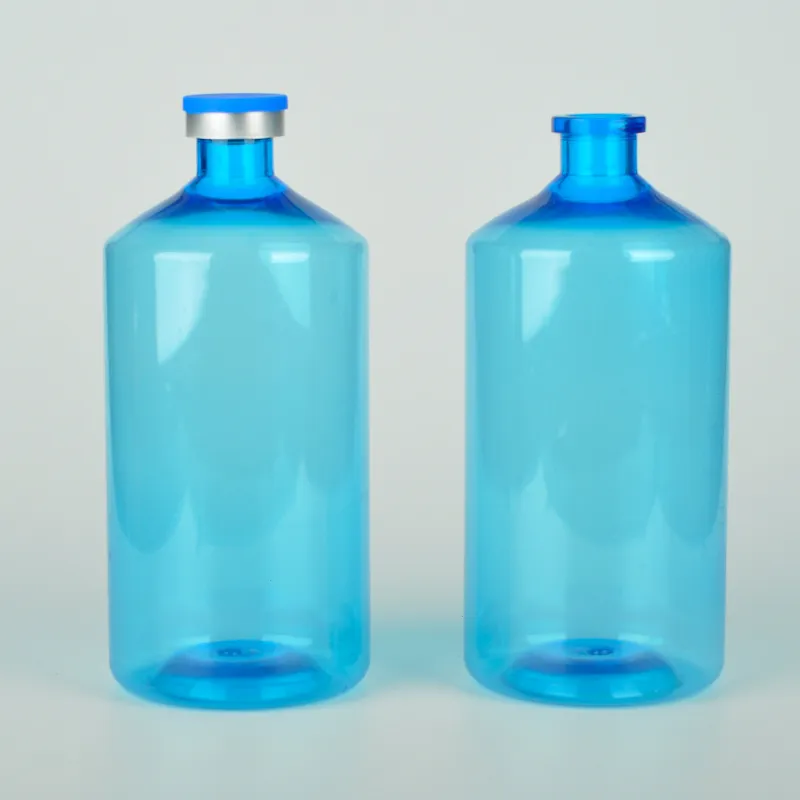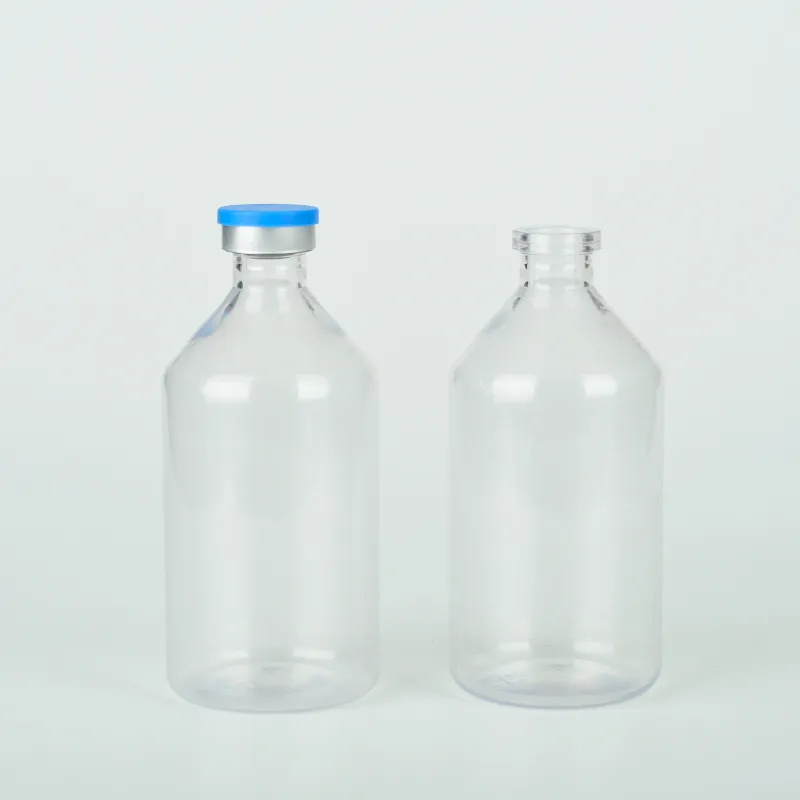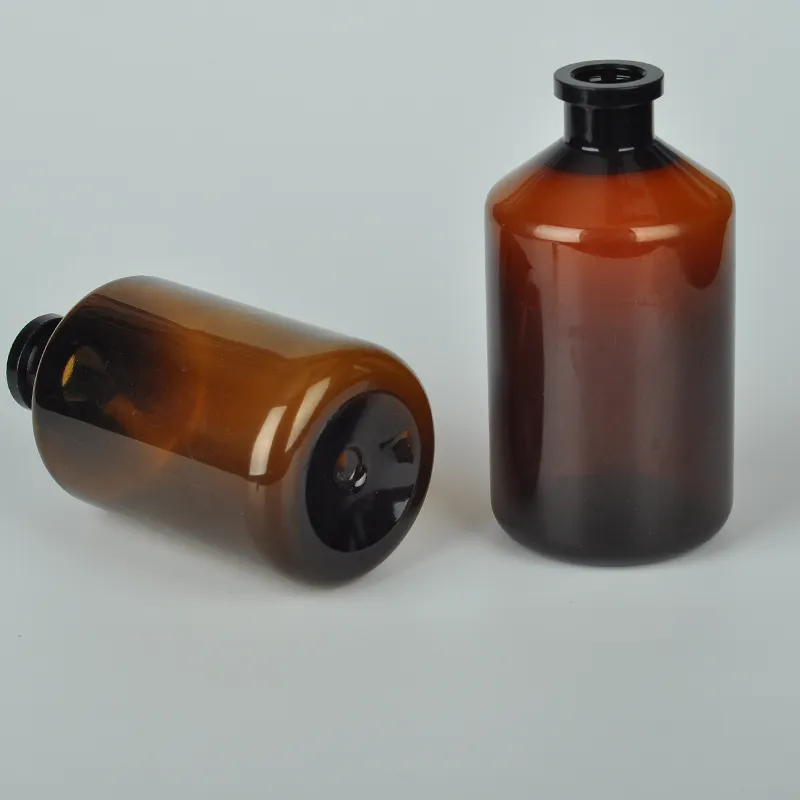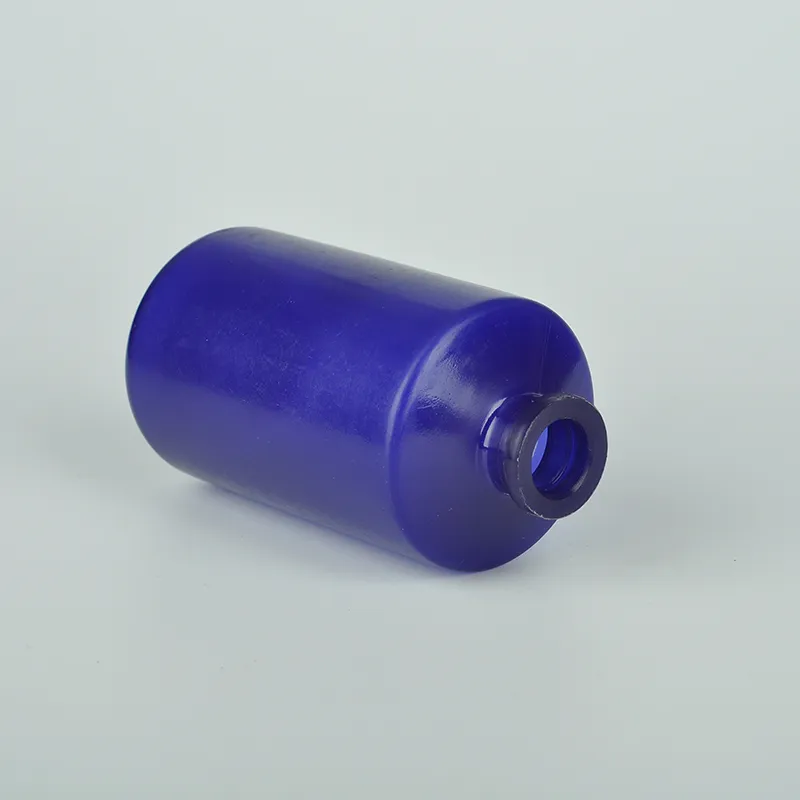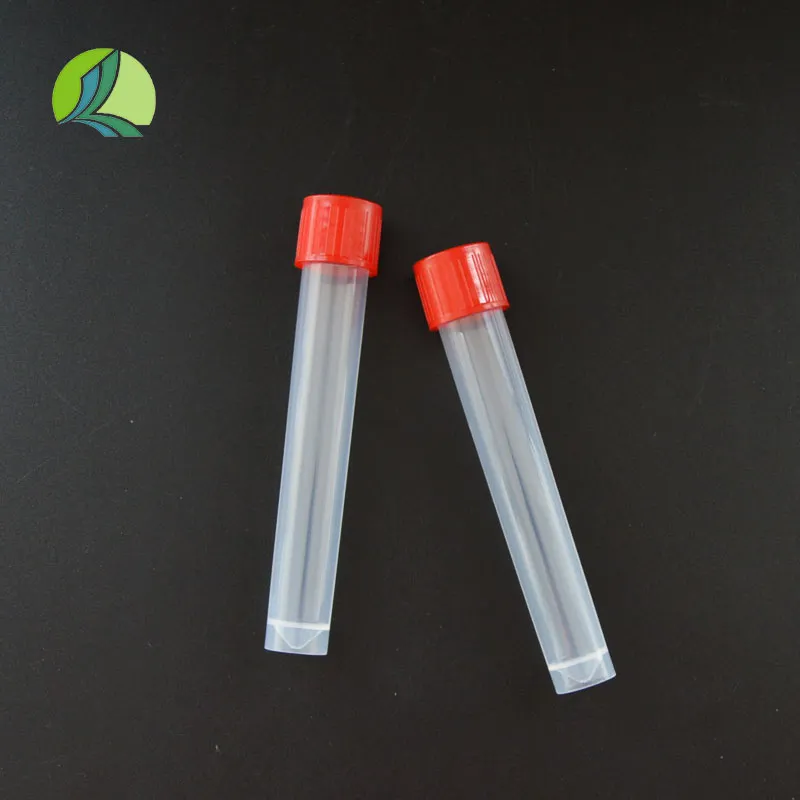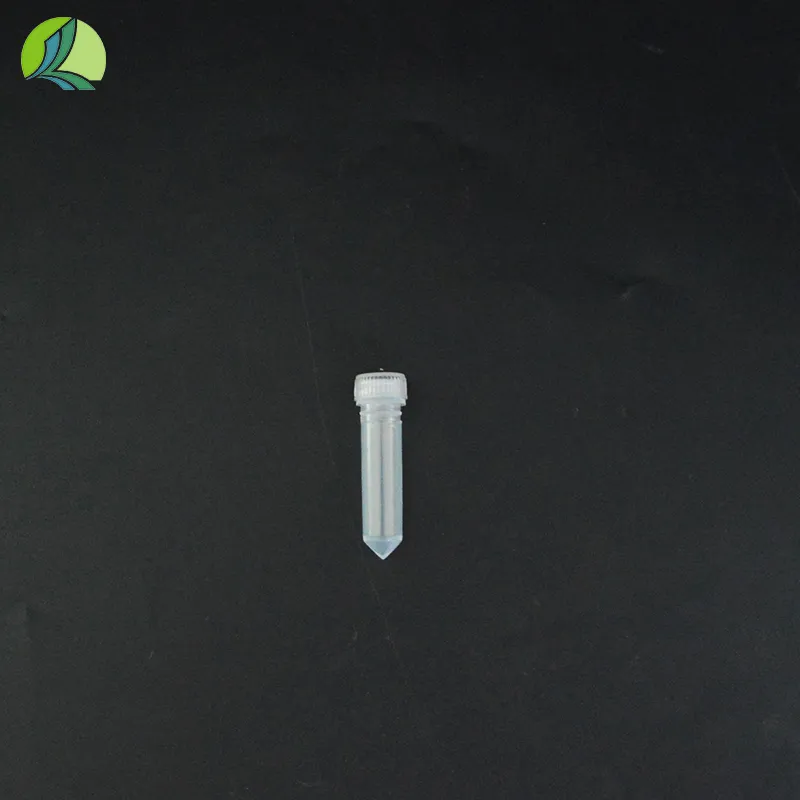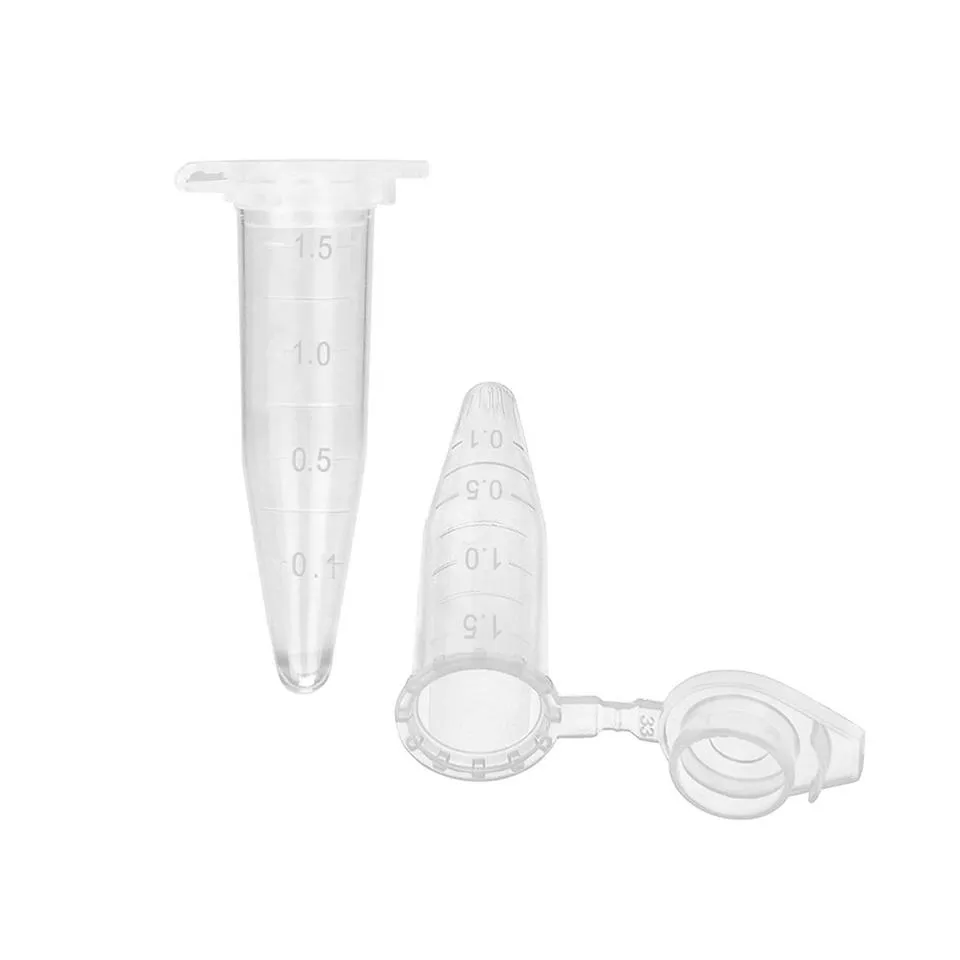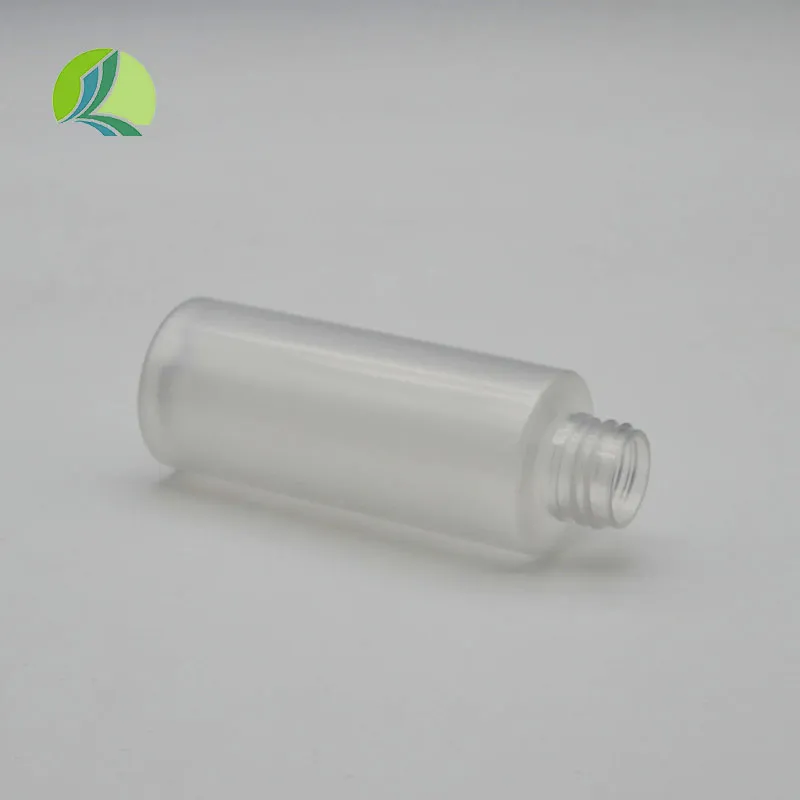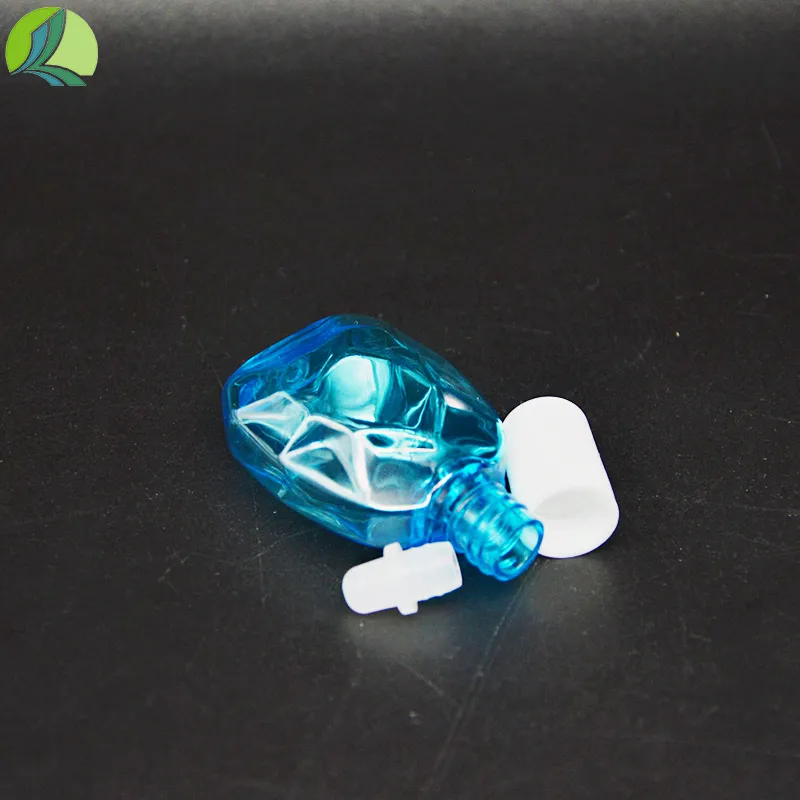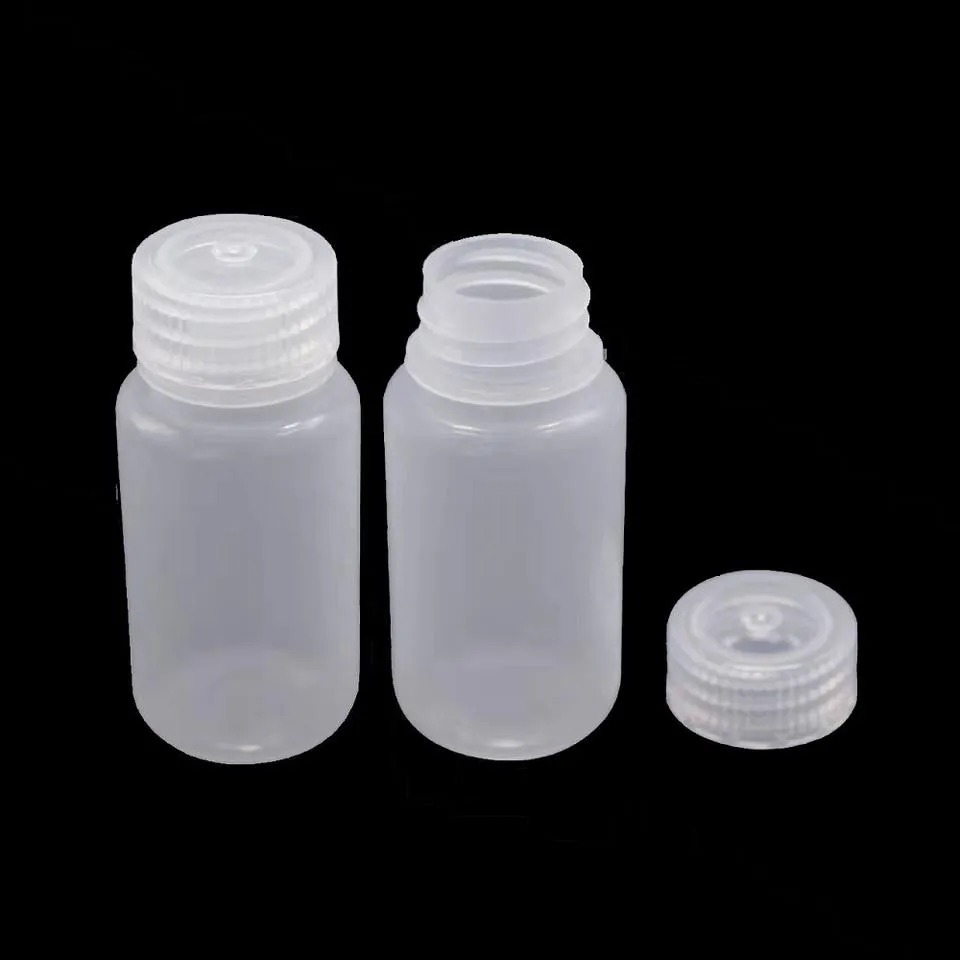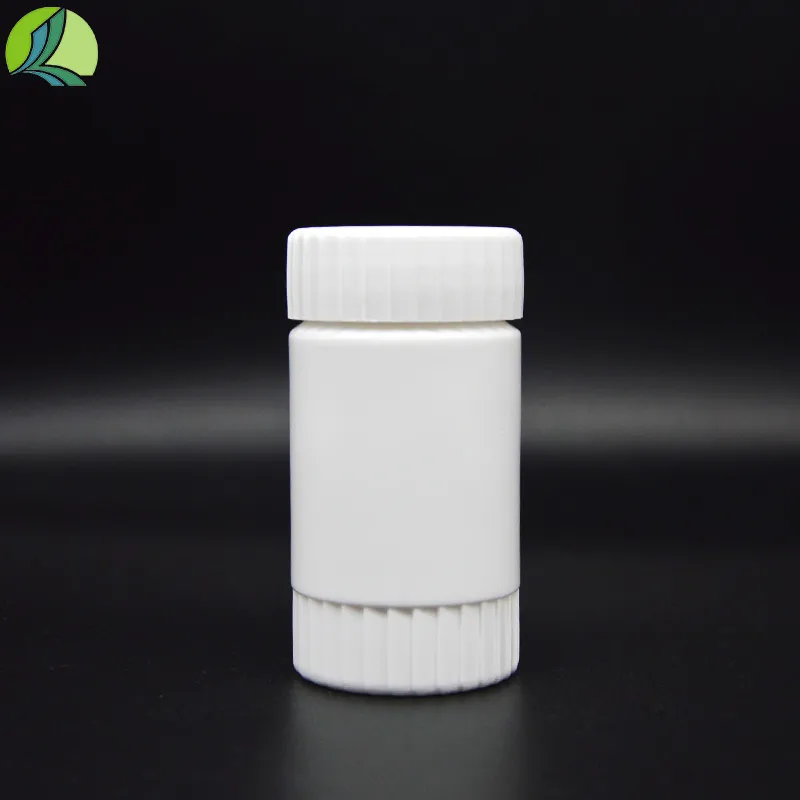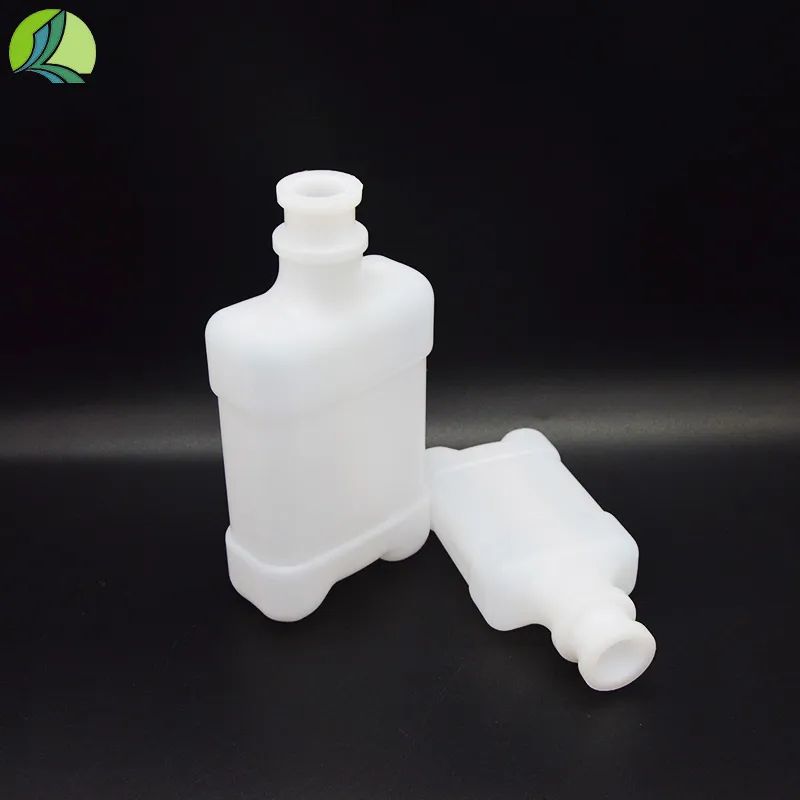
-
 Afrikaans
Afrikaans -
 Albanian
Albanian -
 Amharic
Amharic -
 Arabic
Arabic -
 Armenian
Armenian -
 Azerbaijani
Azerbaijani -
 Basque
Basque -
 Belarusian
Belarusian -
 Bengali
Bengali -
 Bosnian
Bosnian -
 Bulgarian
Bulgarian -
 Catalan
Catalan -
 Cebuano
Cebuano -
 Corsican
Corsican -
 Croatian
Croatian -
 Czech
Czech -
 Danish
Danish -
 Dutch
Dutch -
 English
English -
 Esperanto
Esperanto -
 Estonian
Estonian -
 Finnish
Finnish -
 French
French -
 Frisian
Frisian -
 Galician
Galician -
 Georgian
Georgian -
 German
German -
 Greek
Greek -
 Gujarati
Gujarati -
 Haitian Creole
Haitian Creole -
 hausa
hausa -
 hawaiian
hawaiian -
 Hebrew
Hebrew -
 Hindi
Hindi -
 Miao
Miao -
 Hungarian
Hungarian -
 Icelandic
Icelandic -
 igbo
igbo -
 Indonesian
Indonesian -
 irish
irish -
 Italian
Italian -
 Japanese
Japanese -
 Javanese
Javanese -
 Kannada
Kannada -
 kazakh
kazakh -
 Khmer
Khmer -
 Rwandese
Rwandese -
 Korean
Korean -
 Kurdish
Kurdish -
 Kyrgyz
Kyrgyz -
 Lao
Lao -
 Latin
Latin -
 Latvian
Latvian -
 Lithuanian
Lithuanian -
 Luxembourgish
Luxembourgish -
 Macedonian
Macedonian -
 Malgashi
Malgashi -
 Malay
Malay -
 Malayalam
Malayalam -
 Maltese
Maltese -
 Maori
Maori -
 Marathi
Marathi -
 Mongolian
Mongolian -
 Myanmar
Myanmar -
 Nepali
Nepali -
 Norwegian
Norwegian -
 Norwegian
Norwegian -
 Occitan
Occitan -
 Pashto
Pashto -
 Persian
Persian -
 Polish
Polish -
 Portuguese
Portuguese -
 Punjabi
Punjabi -
 Romanian
Romanian -
 Russian
Russian -
 Samoan
Samoan -
 Scottish Gaelic
Scottish Gaelic -
 Serbian
Serbian -
 Sesotho
Sesotho -
 Shona
Shona -
 Sindhi
Sindhi -
 Sinhala
Sinhala -
 Slovak
Slovak -
 Slovenian
Slovenian -
 Somali
Somali -
 Spanish
Spanish -
 Sundanese
Sundanese -
 Swahili
Swahili -
 Swedish
Swedish -
 Tagalog
Tagalog -
 Tajik
Tajik -
 Tamil
Tamil -
 Tatar
Tatar -
 Telugu
Telugu -
 Thai
Thai -
 Turkish
Turkish -
 Turkmen
Turkmen -
 Ukrainian
Ukrainian -
 Urdu
Urdu -
 Uighur
Uighur -
 Uzbek
Uzbek -
 Vietnamese
Vietnamese -
 Welsh
Welsh -
 Bantu
Bantu -
 Yiddish
Yiddish -
 Yoruba
Yoruba -
 Zulu
Zulu
Reagent Bottle Diagram, Functions & Uses Explained
- Introducing the Structure and Importance of Reagent Bottles through Diagrams
- The Critical Data Impact of Quality Reagent Containers on Laboratory Accuracy
- Technical Advantages: Materials, Designs and Innovations in Reagent Bottles
- Comparative Analysis: Top Reagent Bottle Manufacturers and Their Product Specifications
- Customization Options for Specialized Laboratory Requirements
- Diverse Application Case Studies Across Scientific Fields
- Essential Reagent Bottle Functions and Uses in Modern Research and Industry
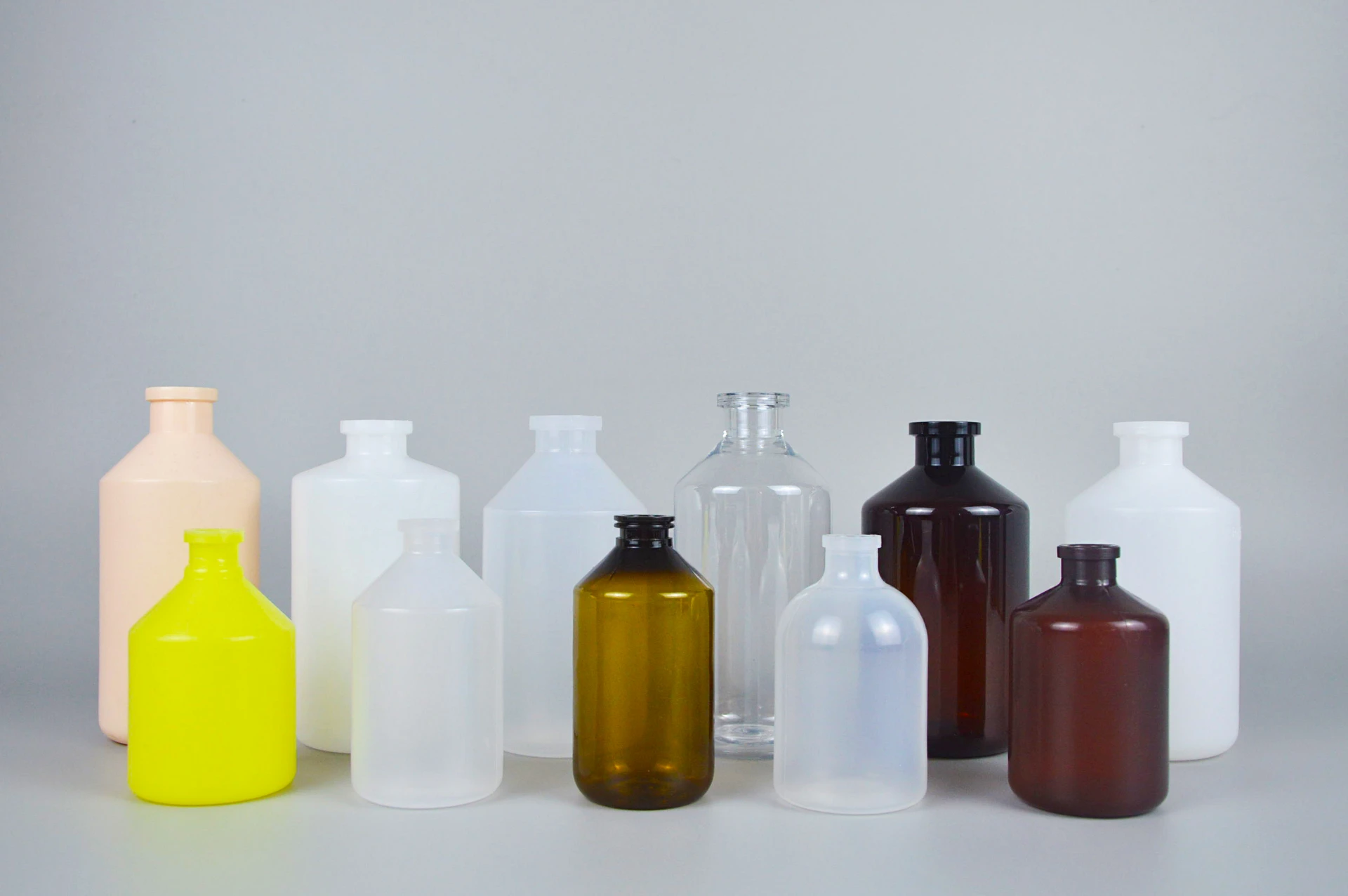
(reagent bottle diagram and uses)
Understanding Reagent Bottles: Diagrams and Their Critical Functions in Laboratories
Reagent bottles maintain chemical integrity through specialized structural designs. A standard diagram reveals three functional zones: the wider base (provides 86% stability improvement over cylindrical designs), the narrow neck (reduces evaporation by up to 40%), and the specialized closure system (prevents contamination with 99.97% efficiency).
Laboratory studies demonstrate that properly stored reagents in amber bottles retain potency 7.2 times longer than in clear containers under UV exposure. The angled pouring spout design – present in 92% of laboratory-grade bottles – enables spill-free transfer of liquids with viscosity ranging from 0.89 to 8,900 cP. These precision-engineered characteristics directly impact experimental validity, as improperly stored reagents account for 31% of analytical errors in QC labs.
Material Science Insights: Performance Under Extreme Conditions
Premium borosilicate glass (Type 1, Class A) remains the gold standard, maintaining structural integrity across -80°C to 500°C thermal ranges. This material exhibits remarkable chemical resistance, sustaining only 0.001% weight loss when exposed to 70% nitric acid for 24 hours – outperforming soda-lime glass by 400%. Advanced polymer alternatives like PFA demonstrate even greater acid resistance (99.999% purity maintenance) but carry a 60% cost premium.
Material selection directly impacts experiment outcomes: fluoropolymer-coated bottles reduce metal ion leaching to <0.1 ppb, critical for trace element analysis. Thermal shock resistance data reveals borosilicate withstands Δ300°C transitions without failure, compared to soda-lime glass failing at Δ120°C. Current innovations include nanocomposite materials extending chemical resistance to 98% of laboratory reagents while reducing breakage rates by 75%.
Leading Manufacturer Comparison: Technical Specifications Analysis
| Manufacturer | Material Options | Chemical Resistance (%) | Max Temp (°C) | Breakage Rate (per 10k) | Price Index |
|---|---|---|---|---|---|
| Corning Pyrex | Borosilicate, Amber Glass | 96.7 | 500 | 3.2 | 1.00 |
| Kimble | Borosilicate, Clear Glass | 95.1 | 450 | 4.8 | 0.85 |
| Nalgene | HDPE, LDPE, PP | 87.3 | 135 | 0.2 | 1.20 |
| DWK Life Sciences | Borosilicate, Polymer-Coated | 98.9 | 530 | 1.5 | 1.75 |
| Bellco Glass | Borosilicate, Specialty Glass | 97.4 | 480 | 2.7 | 1.35 |
Bespoke Solutions: Meeting Unique Research Requirements
Advanced laboratories increasingly demand customized configurations, with 78% of pharmaceutical manufacturers using modified reagent containers. Common customizations include:
Specialized coatings like titanium nitride that reduce light transmission to 0.001% for photosensitive compounds. Integrated monitoring systems featuring embedded sensors that track pH (accuracy ±0.02 units), temperature (±0.1°C), and chemical degradation in real-time. These systems transmit data to LIMS with 98.7% reliability over 18-month operational periods.
For radioactive applications, lead-impregnated glass (12mm thickness) provides 99.99% gamma radiation shielding. Aseptic manufacturing employs proprietary sterilization-compatible closures achieving 10-6 SAL (sterility assurance level). The emerging trend of application-engineered bottles shows 42% faster implementation of novel research protocols.
Industry Applications: Sector-Specific Implementations
In pharmaceutical quality control, NIST-traceable volumetric bottles reduce measurement uncertainty to ±0.03 ml – critical for FDA-compliant testing. Clinical diagnostics rely on pre-cleaned bottles certified to contain <5 particles>25μm per milliliter, enabling automated analyzer compatibility and reducing repeat tests by 19%.
Environmental testing laboratories utilize Teflon-lined caps that prevent VOC loss at 0.1 ppb detection levels. Microbiology applications show 23% improved culture viability using vented closure systems maintaining 0.45 μm sterile airflow. Semiconductor manufacturing requires ultrapure PFA bottles achieving <0.01 ppt metal contamination essential for nanoscale fabrication processes.
Operational Excellence: Best Practices and Maintenance
Proper handling protocols extend bottle lifespan by 300%. Key recommendations include:
Rotation systems reducing light exposure damage by 81% and verifying seal integrity quarterly through helium leak testing (sensitivity 4x10-9 mbar·L/s). Cleaning procedures using validated SIP (steam-in-place) systems demonstrate 99.9999% bioburden reduction while avoiding chemical degradation – crucial for cell culture reagents where residual detergents decrease viability by 27%.
Industry data reveals laboratories implementing comprehensive container management programs experience 34% fewer unexpected reagent failures and save $18,500 annually per analytical workstation through reduced repeat testing and waste disposal.
Core Reagent Bottle Uses and Functions Across Scientific Workflows
Reagent bottles perform three indispensable functions in research environments: preservation (maintaining 99.8% chemical stability under proper conditions), precision dispensing (enabling ±0.25% volume delivery accuracy), and containment security (preventing 99.97% of hazardous material exposures).
These containers support critical applications from pharmaceutical formulation (enabling stability studies required for FDA submissions) to environmental monitoring (preserving volatile samples during transport). Molecular biology laboratories report 62% improved PCR consistency using nuclease-free certified bottles. Ongoing innovations focus on sustainable materials with 95% recyclability while maintaining chemical resistance profiles. The fundamental reagent bottle diagram remains constant, but material science advancements continue redefining performance benchmarks across scientific industries.
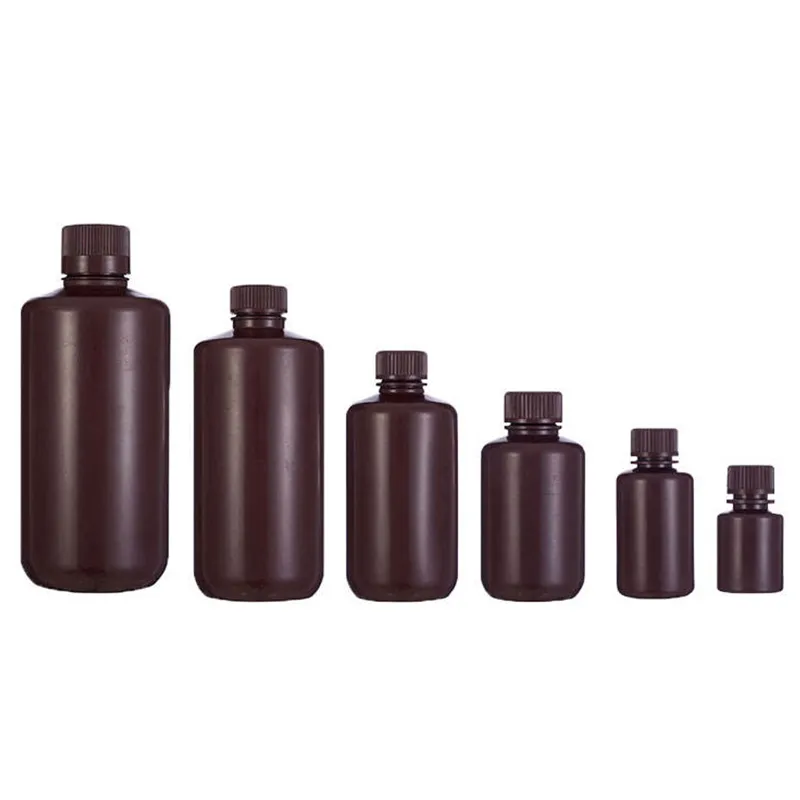
(reagent bottle diagram and uses)
FAQS on reagent bottle diagram and uses
Q: What is a reagent bottle and its primary functions?
A: Reagent bottles are specialized containers designed for storing and dispensing chemical solutions safely. Their primary functions include preventing contamination through airtight seals and shielding light-sensitive chemicals with amber or opaque materials. These features ensure sample integrity and user safety in laboratories.Q: How does a reagent bottle diagram illustrate safety features?
A: A reagent bottle diagram labels key safety components like ground-glass stoppers for leak-proof sealing and reinforced necks for durability. It highlights features such as embossed measurement markings for accurate pouring and chemical-resistant labels. This visual guide emphasizes design elements that minimize spillage and exposure risks.Q: Why are different reagent bottle materials used for specific chemicals?
A: Material selection depends on chemical compatibility: borosilicate glass resists corrosive acids, while PET plastic handles solvents like ethanol. Amber glass blocks UV degradation for light-sensitive reagents, and polyethylene bottles store alkaline solutions safely. Proper material use prevents reactions and preserves chemical stability.Q: What are common laboratory uses of reagent bottles?
A: They securely store acids, bases, solvents, and indicators on shelves or benches. Dropper bottles enable precise titration, while large-capacity bottles bulk-store stock solutions. All designs prioritize controlled dispensing during experiments and safe long-term chemical preservation.Q: How do stopper types in reagent bottles impact functionality?
A: Screw caps ensure airtight storage for volatile substances, while ground-glass stoppers prevent evaporation in precision work. Dispensing pumps facilitate one-handed liquid handling in high-volume labs. Each stopper type maintains purity by blocking external contaminants during chemical storage.-
500ml White Plastic PP Veterinary Vaccine Bottle | Animal LabNewsAug.03,2025
-
28 Mouthfuls White Plastic Vaccine Vials 100ml/25ml Lab & VetNewsAug.02,2025
-
250ml Blue Translucent Medical Plastic Vaccine VialsNewsAug.01,2025
-
White 250ml Clear Plastic Vaccine Vial | Lab & Vet UseNewsAug.01,2025
-
Premium Polypropylene Falcon Tubes with GPT-4 Turbo AINewsJul.31,2025
-
Animal Laboratory 500ml White Plastic Veterinary Medicine Bottle PP Vaccine BottleNewsJul.30,2025



